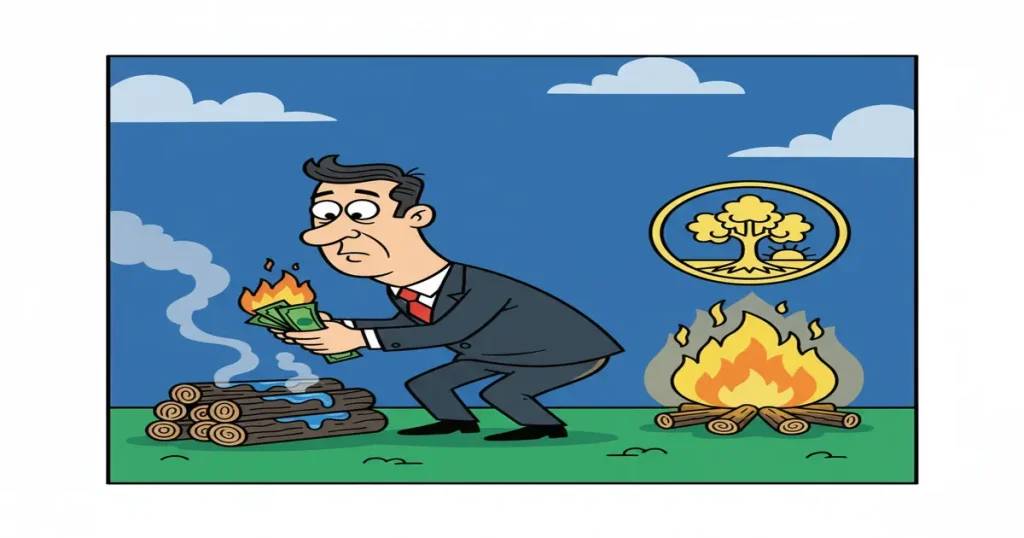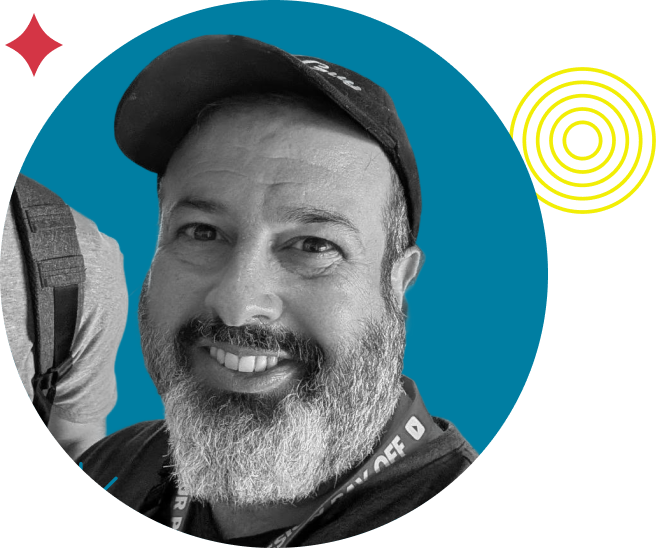YouTube Content Strategy: Why Paid Ads Can’t Save Bad Videos
Tired of launching YouTube videos only to see zero leads, low watch time, and even lower engagement?
This isn’t a volume problem, it’s a strategy problem.
Too many expert-led businesses treat YouTube as a dumping ground for underperforming content, then throw paid ads on top hoping for a miracle.
Here’s the raw truth: no amount of ad spend can rescue weak, forgettable videos. Leads don’t materialize just because you boosted your own ignored ideas.
Let’s unpack how real authority and reliable inbound leads are built—by treating YouTube organic as your best filter, not a box to check or a shortcut to skip.
What You’ll Learn
|
Why can’t paid ads rescue underperforming YouTube videos?
“Let’s just run some paid ads on our social posts and call it a day.” That’s the move most businesses make when their YouTube content isn’t working. But here’s the reality: all you’re doing is paying to hide your own bad ideas from more people, faster.
Paid ads become a crutch for weak content. Instead of daring to find out if your ideas earn real attention, cash gets poured into videos nobody wanted to watch in the first place. You can’t ‘amplify’ your way out of content that doesn’t connect. Pumping ad dollars onto a dud simply guarantees that more of your ideal customers will ignore you, at scale.
If your video isn’t pulling views, watch time, or comments on YouTube organically, running ads on it won’t suddenly stack your calendar with inbound leads. It’s like dumping gasoline on a wet log—lots of effort, but still no spark.
How does organic YouTube content act as a filter for quality?
Organic performance is not a box to check so you can “boost” your way to results. Organic is the filter. This is where you discover what actually resonates, what earns attention, and what lands with real people in your market. If your business tosses every idea onto YouTube and waits for paid traffic to do the rest, you’re skipping the only system that works.
If something bombs organically, it deserved to. That’s a harsh truth, but it’s exactly what separates brands that own their category from those who just light budget on fire. Weak creative gets discarded; winners get doubled down on.
YouTube is engineered for discoverability and trust, but only if you let the audience decide what’s worthy of more reach.
What do successful YouTube-first businesses do differently?
Winning businesses don’t “spray and pray” with cash hoping something sticks. They market every single day and treat their YouTube presence like a live testing ground for signals from real people. They’re not running experiments with their wallets—they’re looking for authentic feedback in the form of organic traction.
When they find a video that hits—something that actually sparks engagement and watch time—then, and only then, do they crank up the distribution or invest advertising dollars. The difference? They’re amplifying proven winners, not flops.
That’s the real engine of authority building on YouTube, not shortcuts or boosting everything and hoping for magic.
What happens if you treat YouTube like a dumping ground for failed content?
If your business is running YouTube like a donation box for every underperforming piece of content you have, you’re engaged in self-sabotage—with receipts. There’s no strategy in using paid ads to mask content that hasn’t earned its place. That’s not a system for leads, authority, or real business growth—it’s a recipe for stagnant metrics and wasted budget.
Don’t confuse activity with results. The only thing you amplify with paid ads on irrelevant videos is your own irrelevance. Fix your filter first. Make sure the content is worthy before you ever consider boosting it.
So in summary
You can’t outspend a weak YouTube strategy. Paid ads only multiply the attention your content deserves—and if it deserves to be ignored, that’s exactly what happens, no matter the budget.
Real inbound leads and authority are built through disciplined organic testing, ruthlessly filtering for what resonates, and only amplifying proven winners. Treating YouTube as your authority engine—not as a dumping ground—will let you own your category and actually drive results.
Checklist
- Stop using paid ads to try rescuing low-performing YouTube videos
- Let organic results decide what content gets boosted
- Audit your current YouTube strategy for “dump and hope” tactics
- Amplify only what truly earns watch time and engagement
- Own authority by treating YouTube as the lead-gen platform, not as backup storage
- Search phrase to track: “organic YouTube content strategy for leads”
FAQ
Can’t I just boost every YouTube video to get more views?
No—the real problem isn’t volume or budget. If a video isn’t working organically, boosting it just puts it in front of more people who don’t care. Paid ads amplify what’s there, not what you’re hoping for.
Why does organic matter if I have an advertising budget?
Organic acts as your filter. It shows you which content actually lands with your target audience. If you skip this step and lean on ads, you risk pouring money into ideas that don’t move the needle.
Why do some businesses succeed with YouTube while others stall out?
The successful ones use YouTube every day to look for real signals—genuine engagement, comments, and watch time. They double down on winners, not just “test” everything indiscriminately.
Is running paid ads always a waste for expert-led YouTube channels?
Not always. Ads can be powerful, but only after organic success proves a video earns attention and trust. Boosting failed or ignored content is just speeding up your losses.
What’s the cost of treating YouTube like a dumping ground?
You end up wasting budget on content that nobody wants, and you damage your authority. If your channel is filled with “donation box” videos, you’re making self-sabotage expensive—and public.


